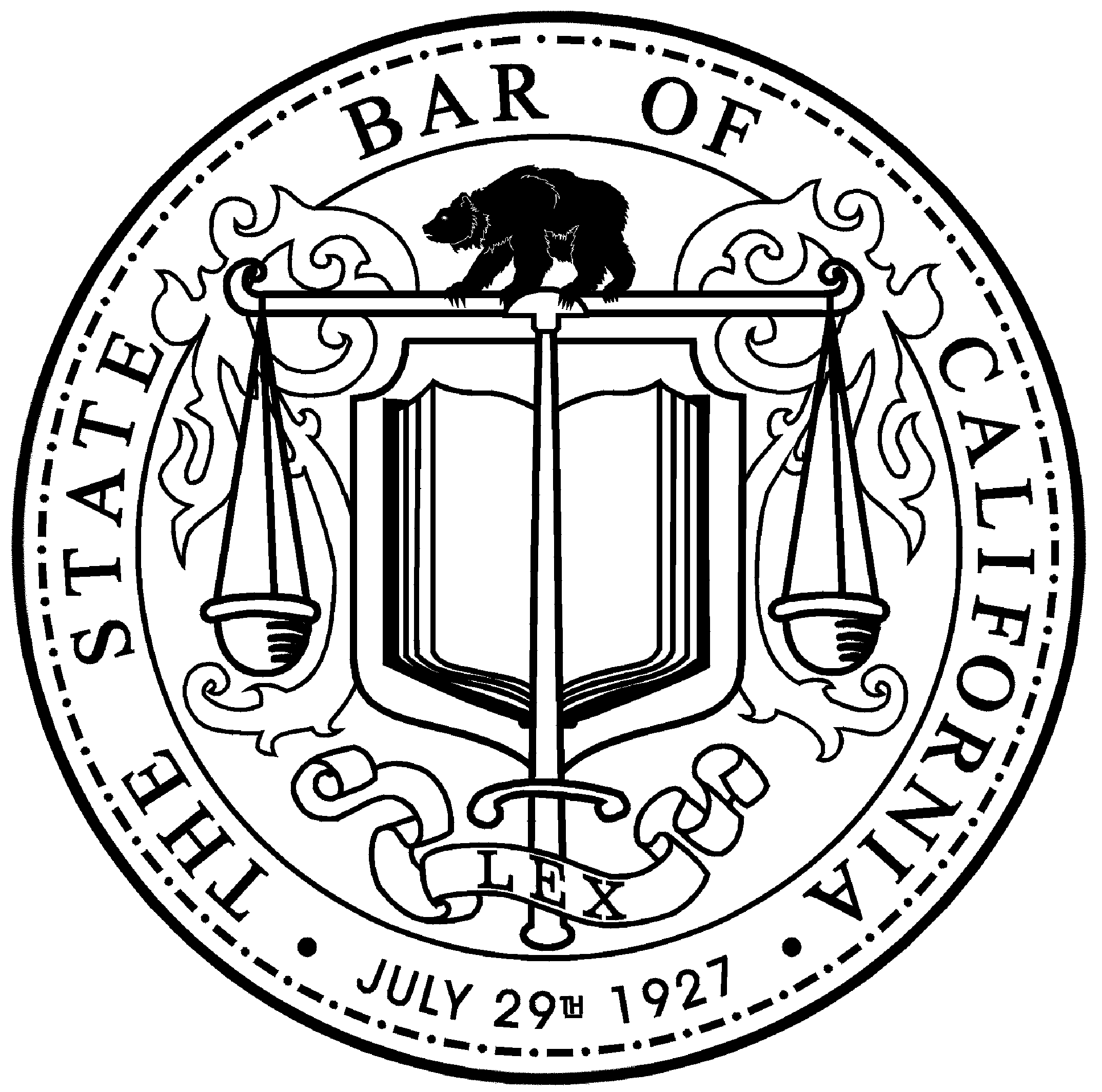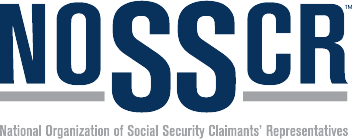Returning to Work After an On-The-Job Injury
Medical Clearance for Returning to Work
Medical clearance is a crucial step in the process of returning to work after an on-the-job injury. Medical clearance refers to a healthcare professional's assessment of an injured employee's ability to return to work safely and without risk of further injury. This assessment is typically conducted by the employee's treating physician, but it may also involve a specialist or a rehabilitation specialist.
The purpose of medical clearance is to ensure that employees are physically and mentally capable of performing their job duties without causing harm to themselves or others. The medical clearance process involves a thorough evaluation of the employee's medical history, the nature of the injury, and any ongoing treatment or medication that the employee may be taking.
If the healthcare professional determines that the employee is not yet ready to return to work, they may recommend additional treatment or rehabilitation to improve the employee's physical condition. If the employee is cleared to return to work, the healthcare professional may recommend certain accommodations or modifications to the employee's job duties to ensure that the employee can perform their job safely and without risk of re-injury.
It is important for injured employees to obtain medical clearance before returning to work to ensure that they do not exacerbate their injuries or cause harm to themselves or others. Employers may require proof of medical clearance before allowing an employee to return to work, and failure to obtain medical clearance may result in the loss of workers' compensation benefits or other legal repercussions.
Medical clearance is an essential step in the process of returning to work after an on-the-job injury. By ensuring that employees are physically and mentally able to perform their job duties without risk of injury, medical clearance helps to protect both employees and employers and promotes a safe and successful return to work.
The Process of Returning to Work
Returning to work after an on-the-job injury can be a complex process that involves several steps and procedures. The return-to-work process is designed to ensure that injured employees can return to work safely and without risk of further injury. The following are the steps involved in the return to work process:
Report the injury: The first step in the return to work process is to report the injury to your employer as soon as possible. Failure to report the injury promptly may jeopardize your ability to receive workers' compensation benefits.
Seek medical attention: The next step is to seek medical attention for your injury. It is important to obtain a thorough medical evaluation to determine the extent of the injury and the appropriate treatment.
Obtain medical clearance: Before returning to work, you must obtain medical clearance from a healthcare professional. This clearance ensures that you are physically and mentally able to perform your job duties without risk of further injury.
Participate in rehabilitation: Depending on the nature of your injury, you may need to participate in rehabilitation or physical therapy to regain strength and mobility before returning to work.
Develop a return to work plan: Once you have obtained medical clearance, you and your employer will develop a return to work plan. This plan may involve modified job duties or accommodations to ensure that you can perform your job safely and without risk of re-injury.
Communicate with your employer: It is important to communicate with your employer throughout the return to work process to ensure that everyone is on the same page regarding your recovery and return to work.
Follow the return to work plan: Once the return to work plan is in place, it is essential to follow the plan and any instructions provided by your healthcare professional. This will help to ensure a safe and successful return to work.
The return to work process is designed to promote a safe and successful return to work for injured employees.
Accommodations and Job Modifications
Accommodations and job modifications are an important part of the return to work process for employees who have suffered an on-the-job injury. Accommodations and job modifications are changes made to the employee's work environment or job duties to enable them to perform their job safely and without risk of re-injury. These accommodations and modifications can take many forms, including changes to the work schedule, changes to the physical work environment, or changes to job duties.
Accommodations and job modifications are typically developed in collaboration with the injured employee, their healthcare provider, and their employer. The goal is to identify any barriers to returning to work and to develop solutions that enable the employee to perform their job duties safely and effectively. Some common examples of accommodations and job modifications include:
Modified job duties: This may involve temporarily modifying the employee's job duties to ensure that they can perform their job safely and without risk of re-injury.
Flexible work schedule: This may involve modifying the employee's work schedule to allow for rest breaks or reduced hours during the recovery period.
Assistive technology or devices: This may involve providing the employee with assistive technology or devices to help them perform their job duties safely and effectively.
Ergonomic adjustments: This may involve making ergonomic adjustments to the employee's work environment to reduce the risk of further injury.
Job reassignment: In some cases, it may be necessary to reassign the employee to a different job or department to accommodate their injury.
By providing accommodations and job modifications, employers can help injured employees return to work safely and without risk of re-injury. This not only benefits the injured employee but also helps to ensure that the employer maintains a skilled and experienced workforce.
Rights and Protections under Workers' Compensation
Workers' compensation provides injured employees with several rights and protections to ensure that they are treated fairly and that their needs are met during the recovery process. These rights and protections vary by state, but they generally include the following:
The right to medical treatment: Injured employees have the right to receive necessary medical treatment for their injury or illness without cost.
The right to return to work: Injured employees have the right to return to work once they have obtained medical clearance, and employers must provide reasonable accommodations or modifications to enable the employee to perform their job duties safely and without risk of re-injury.
Protection against retaliation: Employers are prohibited from retaliating against employees who file a workers' compensation claim or who report a workplace injury.
Protection against discrimination: Employers are prohibited from discriminating against employees who have suffered a workplace injury or who have filed a workers' compensation claim.
The right to appeal: Injured employees have the right to appeal decisions made by their employer or their employer's insurance carrier regarding their workers' compensation claim.
The right to legal representation: Injured employees have the right to legal representation throughout the workers' compensation process, including during appeals and hearings.
It is important for injured employees to understand their rights and protections under workers' compensation to ensure that they receive the necessary support and benefits during the recovery process. If an employee believes that their rights have been violated or that they have been unfairly denied benefits, they may need to seek legal advice or file a complaint with the appropriate government agency.
Returning to work after an on-the-job injury can be a challenging process, but with the help of workers' compensation, medical clearance, accommodations, and job modifications, injured employees can return to work safely and without the risk of re-injury. It is essential for injured employees to understand their rights and protections under workers' compensation to ensure a smooth and successful return to work.
Cole, Fisher, Cole, O’Keefe + Mahoney is Central California’s leading workers’ compensation and social security disability law firm. With over 30 years of successful experience, we are committed to securing maximum benefits for our clients in the Fresno, California area. Schedule a free consultation today.
© 2025 Cole, Fisher, Cole, O’Keefe + Mahoney
Making a false or fraudulent workers’ compensation claim is a felony subject to up to five years in prison, or a fine of up to $150,000 or double the value of the fraud, whichever is greater, or by both imprisonment and fine.







